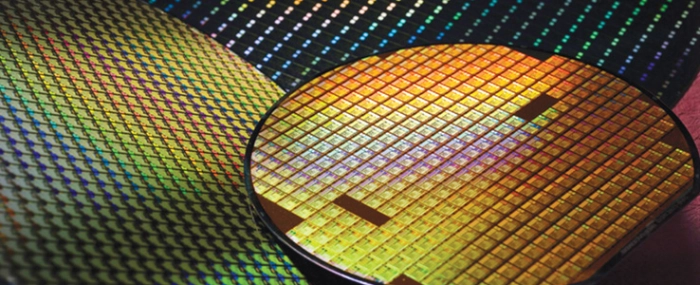
US tariff barriers boosts Utilisation rates at Taiwanese foundries
The White House announced new tariffs on Chinese imports on May 14th, including a 50% tariff on semiconductor products manufactured in China, which will take effect by 2025. Something that has led to an increase in orders for Taiwanese foundries.
TrendForce reports that this move has accelerated a shift in supply chains, resulting in increased orders for Taiwanese foundries – which are now seeing higher-than-expected capacity utilisation rates.
In the second half of this year, Vanguard's capacity utilisation rate is expected to rise above 75%, PSMC's 12-inch capacity utilisation rate will reach between 85 to 90%, and UMC's overall capacity utilisation rates are projected to reach 70–75%.
The global wafer foundry market has been in a downturn since 2H22 as pandemic-induced high inventory levels forced the supply chain to spend over a year correcting this imbalance. The trend of order transfer resulting from geopolitical tensions and pandemic-induced supply chain disruptions has also slowed down with the downturn in the industry despite customers actively seeking to start new projects with Taiwanese foundries. Due to the high inventory pressure and cost considerations, most customers maintained their cooperation with Chinese foundries to reduce costs, delaying the ramp-up of new projects with Taiwanese foundries.
As inventory adjustments for consumer products near completion, components for smartphones, TVs, and LCD monitors (such as TDDI, large-size DDI, PC MOSFET, and consumer MCUs) have seen inventory replenishment orders from 4Q23 to 2Q24, benefiting companies like SMIC, HHGrace, HLMC, Nexchip, UMC, Vanguard, and PSMC.
However, high inflation has suppressed consumer demand, resulting in short-term and urgent orders with low visibility. TrendForce initially estimated that capacity utilisation rates for wafer foundries would bottom out in 1Q24, then gradually recover with sporadic inventory replenishment orders in Q2, with 8-inch capacity utilisation rising to around 70% and 12-inch to 75–85% in the second half.
The supply chain’s order-shifting has become more proactive with the imposition of US tariffs. Qualcomm, which began cooperation discussions with Vanguard in 2021, has made its production plans more aggressive this year. This has prompted Vanguard to expand the first-phase capacity of its new Fab5 plant by 3Q24 and to complete cross-plant validation for Qualcomm's PMIC to meet demand. Since 2022, MPS has also started shifting orders, including plans with both Vanguard and PSMC.
Additionally, Cypress and Gigadevice are discussing NOR Flash production plans with PSMC, expected to take effect from the second half of this year to 2025. Raydium and OmniVision, based on end-customer requirements, plan to shift PC DDI and CIS manufacturing to Vanguard and PSMC. UMC has recently received additional orders from Infineon, leveraging its diverse production locations to attract long-term cooperation plans from European and American customers like Texas Instruments, Infineon, and Microchip.
Overall, despite the White House's announcement of upcoming tariff increases, the specifics of implementing semiconductor-related tariffs remain unclear. Current assessments indicate that high tariffs will primarily target two areas: Chinese-manufactured products rather than Chinese brands, and the chips themselves — excluding those already installed in end devices (except for EVs). Therefore, TrendForce believes the accelerated order shift observed is mainly for projects that had already started with Taiwanese foundries but were delayed due to market downturns.
For more information visit TrendForce.

